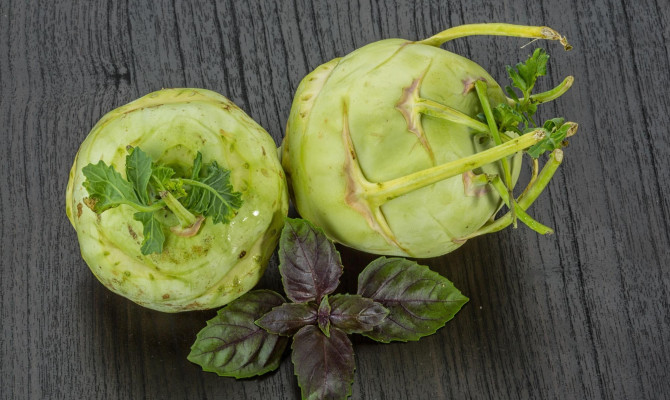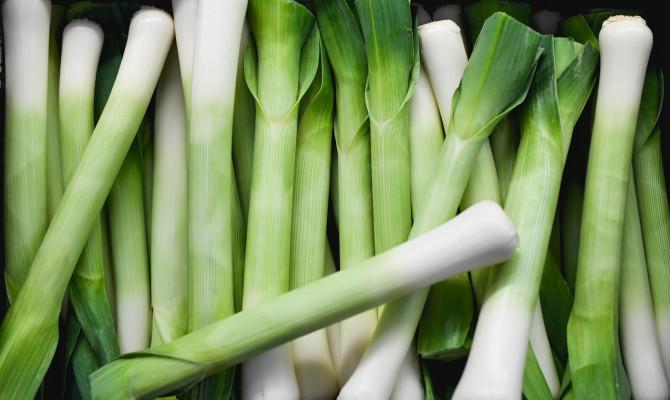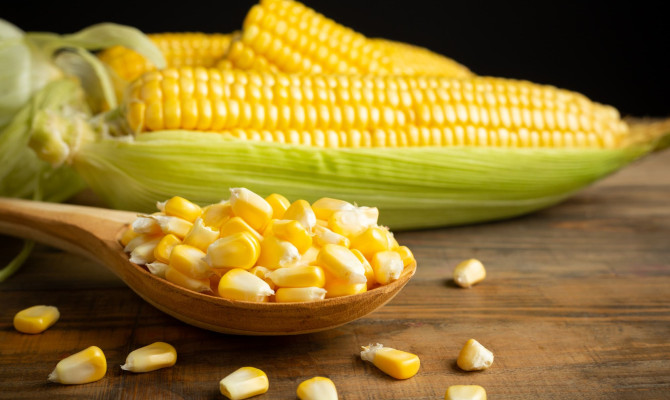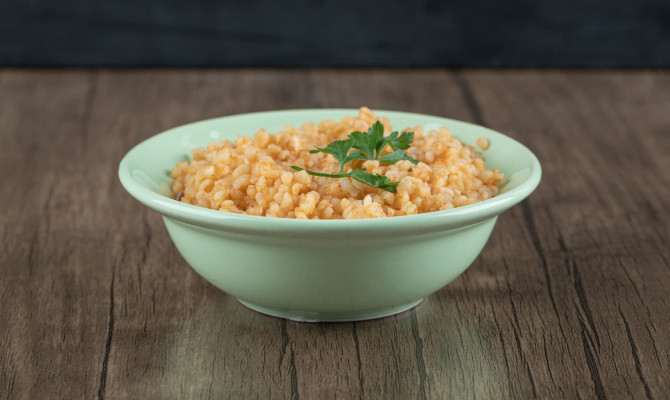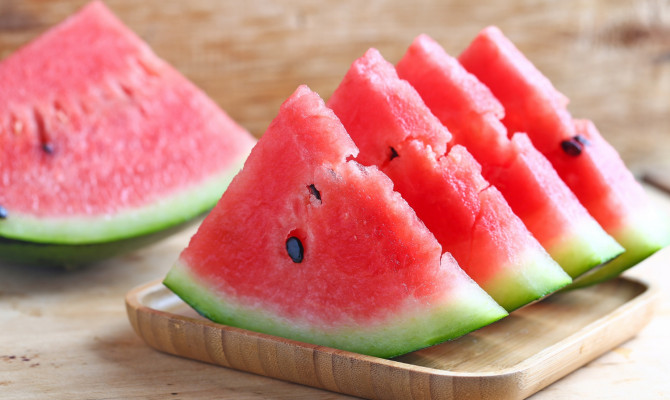Lettuce vs Cabbage: Everything You Need To Know

- Lettuce
- 03 Oct 2023
Introduction
Lettuce & Cabbage
Lettuce and cabbage, humble yet essential vegetables in culinary delights, are often at the center of our salads, sandwiches, and stews. While they may share the spotlight in our dishes, these leafy greens possess unique characteristics that set them apart in both botanical origin and culinary application. Understanding the distinctions between lettuce and cabbage enhances our appreciation for their diverse flavors and textures and allows us to make informed choices in our dietary and culinary adventures.
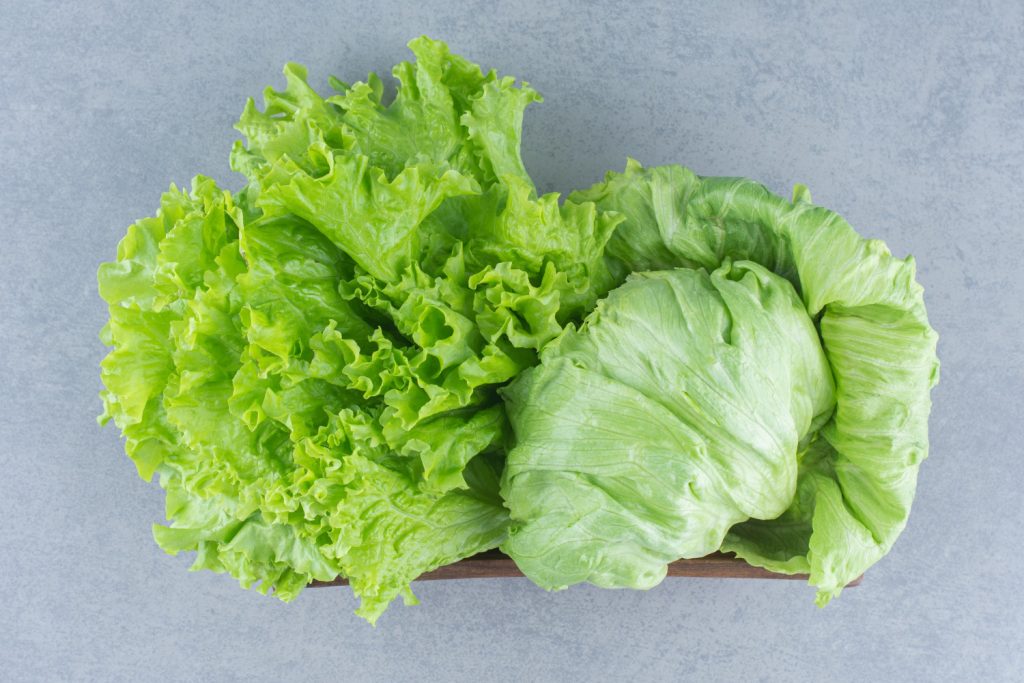
In this article, we will explore the fascinating world of lettuce and cabbage. From their botanical routes to their diverse culinary roles, we will uncover the nuances that make each of these a star in its own right. Join us as we explore its nutritional value, flavor profiles, and more to discover the subtle and not-so-subtle differences that make lettuce and cabbage essential yet distinct components of our culinary aspect.
Nutrition
Lettuce vs Cabbage – Nutritional Differences
Lettuce
– Calories
- It is deficient in calories, which makes it an excellent choice for those and calorie-restricted diets.
- One cup (about 36 g) of shredded. Iceberg lettuce contains approximately five calories.
- Other varieties, like a Romaine or Butterhead may have slightly higher calorie content but are still very low.
– Fiber
- Lettuce contains dietary fiber, and the amount is relatively minimal.
- One cup of shredded lettuce provides about 0.5 grams of dietary fiber. This fiber content is not high and can contribute to digestive regularity.
– Vitamins
Lettuce is a good source of specific vitamins:
- Vitamin A: Lettuce, a significantly darker variety like Romaine, is rich in vitamin A, providing more than 100% of the daily recommended intake in one cup. Immune health and ocular health depend on vitamin A. 1 Lettuce | Researched based study from U.S. Department of Agriculture
- Vitamin K: Vital for healthy blood coagulation and bone formation.
– Water content
- It frequently contains more than 90% water, which is unusually high. This attribute makes it an excellent choice for maintaining hydration, particularly in salads. 1 Lettuce | Researched based study from U.S. Department of Agriculture
– Antioxidants & Phytochemicals in Lettuce
Beta carotene
- Notably, leafy vegetables with darker leaves, such as romaine, contain beta-carotene, a powerful antioxidant that helps protect cells from oxidative damage. It supports the immune system and vision as a precursor of vitamin A.
Flavonoids
- It contains various flavonoids, including quercetin and kaempferol, which has anti-inflammatory and antioxidant effects.
- These ingredients could potentially reduce the likelihood of getting chronic illnesses. 5 Phytochemicals in Lettuce | Researched based study from National Institutes of Health
Cabbage
– Calories
- It is still relatively low in calories but slightly higher than lettuce. One cup (89 g) of chopped cabbage contains roughly 22 calories.
– Fiber
- Compared to lettuce, it has a considerably higher content of nutritional fiber. One cup of chopped cabbage provides approximately 2.2 grams of dietary fiber.
- This fiber content can aid in digestion, encourage a sense of fullness, and assist in controlling blood sugar levels.
– Vitamins
Cabbage is rich in various vitamins:
- Vitamin C: One cup of cabbage can offer 50% of the recommended daily consumption of vitamin C, which is crucial for the health of the skin and immune system. 2 Cabbage | Researched based study from U.S. Department of Agriculture
- Vitamin K: Like lettuce, cabbage has vitamin K, which helps with blood clotting and bone health.
- Vitamin B6: Cabbage contains a little quantity of vitamin B6, which is essential for several metabolic activities.
– Minerals
- Calcium, potassium, and other minerals are present in cabbage and manganese. The minerals are essential for overall health, including muscle function and bone health.
– Antioxidants and phytochemicals in cabbage
Anthocyanin
- Red cabbage, in particular, is rich in anthocyanin, giving it its vibrant color. They are potent antioxidants associated with anti-inflammatory effects and potential cancer-fighting properties.
Glucosinolates
- Glucosinolates, which are sulfur-containing chemicals, are present in all types of cabbage, including the green and red forms. These substances have demonstrated potential in lowering the risk of particular cancers, including colorectal cancer.
Isothiocyanates
- When cabbage is chopped, chewed, or cooked, glucosinolates are converted into isothiocyanates.
- These substances have been investigated for their ability to slow the growth of cancer cells and aid in the body’s detoxification procedures. 2 Cabbage | Researched based study from U.S. Department of Agriculture
Health Benefits
Lettuce vs Cabbage: Health Benefits
Health benefits of lettuce
Rich in vitamin A
- It is a top-notch vitamin A source. This vitamin is necessary to keep the eyes healthy, especially at night.
- Additionally, it is essential for boosting healthy skin and the immune system.
Low calories
- Because it frequently contains little calories, it is a fantastic alternative for persons attempting to manage their weight or reduce their calorie intake.
- It is a perfect filler in salads and sandwiches without adding excess calories.
Hydration
- Its high water content might help you stay hydrated throughout the day, especially in hot conditions. It’s important to stay hydrated for general wellness.
- It is a source of vitamin K, which is necessary for blood clotting and bone health. Consuming it contributes to your daily vitamin K intake.
Provides folate
- The synthesis and upkeep of DNA depend on folate. Pregnant women must get it because it helps avoid particular congenital defects.
Dietary fiber
- While it is not exceptionally high in fiber compared to other vegetables, it still contributes to digestive regulation. The fiber content can be gentle on the stomach.
Low in sodium
- It has a naturally low salt content, which is crucial for anyone trying to cut back on their intake, especially those with high blood pressure.
- It is simple ingredient to integrate into a balanced diet because it is a versatile element in salads, sandwiches, wraps, and diverse meals. 3 Lettuce Health Benefits | Researched based study from National Institutes of Health
Cabbage health benefits
Abundant in vitamin C
- It has a lot of vitamin C, a strong antioxidant that helps the body absorb nutrients from plant-based diets and maintains healthy skin.
High in fiber
- It is significantly higher in dietary fiber compared to many other vegetables. This fiber aids in proper digestion, encourages satiety, and controls blood sugar levels.
Antioxidant properties
- Cabbage, particularly red cabbage, contains antioxidants like flavonoids and anthocyanin. These are anti-inflammatory and may offer defense against chronic illnesses.
Prevention of cancer
- The cruciferous vegetable family, which includes cabbage, is well-known because of its cancer-fighting properties.
- Compounds like glucosinolates related to cabbage have been connected to a lower incidence of several cancers, such as colorectal cancer.
Heart health
- Lowering blood pressure and lowering the risk of heart illnesses are two ways that cabbage’s fiber, potassium, and antioxidants support heart health.
Bone health
- It has vitamin K, which is necessary for healthy blood coagulation and bones.
- Its consumption can promote bone density and lower the risk of fractures.
Anti-inflammatory effects
- Some of the molecules found in cabbage, especially those found in the red type, have anti-inflammatory properties that can help treat illnesses linked to inflammation.
- Because it contains a lot of fiber and little calories, it can be a useful supplement to a weight-loss programme.
- It provides bulk and satiety without many calories.
Digestive Health
- The fiber helps maintain healthy digestion and regular bowel movements, potentially reducing the risk of digestive disorders.
Detoxification support
- The body’s natural detoxification mechanisms may be supported and aided by chemicals like the glucosinolates in cabbage.
Low in fat and calories
- It is naturally low in fat and calories, making it suitable for various dietary preferences and weight loss goals. 4 Cabbage Health Benefits | Researched based study from ScienceDirect
Dietary Considerations
Lettuce vs Cabbage: Dietary Considerations
Addressing dietary considerations and allergies related to lettuce and cabbage is essential to ensure that individuals with specific nutritional needs can enjoy these vegetables safely. Here are some of them:
Allergies
Lettuce allergy
- While lettuce allergies are rare, some people may experience allergic reactions to specific types of lettuce, such as iceberg lettuce.
- Itching, hives, edema, and stomach problems are possible symptoms. 7 Dietary Considerations | Researched based study from National Institutes of Health
Cabbage allergy
- Cabbage allergies are also relatively uncommon.
- Symptoms including skin rashes, stomach discomfort, or respiratory issues might be brought on by responses to cabbage. If you suspect, seek medical advice for diagnosis and management. 9 Dietary Considerations | Researched based study from National Institutes of Health
Restrictions
Lettuce vs Cabbage: Dietary Restrictions
Vegetarian and vegan diets
- Both lettuce and cabbage are suitable for vegetarian and vegan diets. They can be used as key ingredients in plant-based dishes.
Gluten-free diets
- They are naturally gluten-free, making them a healthy alternative for people with celiac disease or gluten intolerance. However, be aware with gluten-containing toppings when using dressing.
Low carb diets
- They are a suitable choice for the Keto or Atkins diet.
Low sodium diets
- Its naturally low salt content makes it suitable for persons with hypertension who follow low-sodium diets. Avoid adding excessive salt when preparing dishes with these vegetables.
FODMAP diets
- A low-FODMAP diet is used by some irritable bowel syndrome (IBS) sufferers to treat their symptoms. Lettuce and certain types of cabbage, like savoy cabbage, are considered low in Fodmaps and may be well tolerated. 7 Dietary Restrictions | Researched based study from National Institutes of Health , 8 Dietary Restrictions | Researched based study from National Institutes of Health , 9 Dietary Restrictions | Researched based study from National Institutes of Health
Safety
Lettuce vs Cabbage: Food Safety Measures
Washing thoroughly
- To minimize the risk of foodborne illness, washing lettuce and cabbage thoroughly before consumption is essential, as they can sometimes carry contaminants from the field. Use clean, cold water to rinse them.
Cross-contamination
- Be mindful of cross-contamination in the kitchen. Ensure that cutting boards and utensils for lettuce and cabbage are clean and separate from those used for raw meats.
Cooking & Preparation
Cooking cabbage
- While cabbage is often enjoyed raw in salads, it can also be cooked in various dishes like stir-fries, soups, and stews, which may be more suitable for people with dietary preferences or sensitivities. 9 Safety | Researched based study from National Institutes of Health
Precautions

Lettuce vs Cabbage: Precautions to Take
While they are generally safe and nutritious vegetables, there are some potential health concerns and considerations to be aware of:
i) Foodborne illness
Lettuce and E. coli contamination:
- Lettuce, especially when consumed in salads, has been associated with outbreaks of football indices caused by E. coli and other pathogens.
- To reduce the risk, it is essential to wash them before thoroughly consumption and handle it with clean hands and utensils. 8 Precautions | Researched based study from National Institutes of Health
ii) Goitrogenic compounds
Cabbage and goitrogens
- It contains goitrogens, which, when consumed in large doses, may have an impact on thyroid function. However, dietary intake of cabbage is unlikely to cause thyroid issues in most people.
- Cooking cabbage can also reduce the goitrogenic effect. 6 Precautions | Researched based study from National Institutes of Health
iii) Gas & Digestive discomfort
Flatulence
- Complex carbohydrates found in cabbage, especially when ingested in big amounts, may give some people gas and intestinal discomfort.
- Cooking it thoroughly can help reduce this effect.
iv) Oxalates
Oxalates in lettuce
- Oxalates, which are found in foods like spinach and include a lot of them, can help certain people develop kidney stones.
- If you have a history of kidney stones, you may need to reduce your intake of high-oxalate vegetables.
v) Gastrointestinal sensitivities
- Sensitivities to some lettuce varieties, such as cabbage, may exist in some individuals due to their particular gastrointestinal make-up.
- To find out what works best, pay attention to how your body reacts to various types and cooking techniques. 7 Precautions | Researched based study from National Institutes of Health
Any feedback on this article?
 This Articles content was accurate
This Articles content was accurate Very Informative Article
Very Informative Article I have a question or a comment
I have a question or a comment
 This article contains inaccurate content
This article contains inaccurate content This article was not helpful
This article was not helpful I have a question or a comment
I have a question or a comment
We appreciate your helpful feedback!
Checkout our social pages
References
-
U.S. Department of Agriculture
Nutritional Differences | Lettuce
- U.S. Department of Agriculture
-
National Institutes of Health
Health Benefits | Lettuce
-
ScienceDirect
Health Benefits | Cabbage
-
National Institutes of Health
Nutritional Differences | Phytochemicals in lettuce
-
National Institutes of Health
Precautions | Goitrogen
-
National Institutes of Health
Dietary Considerations
-
National Institutes of Health
Dietary Restrictions | Precautions
-
National Institutes of Health
Dietary Considerations | Dietary Restrictions | Safety














